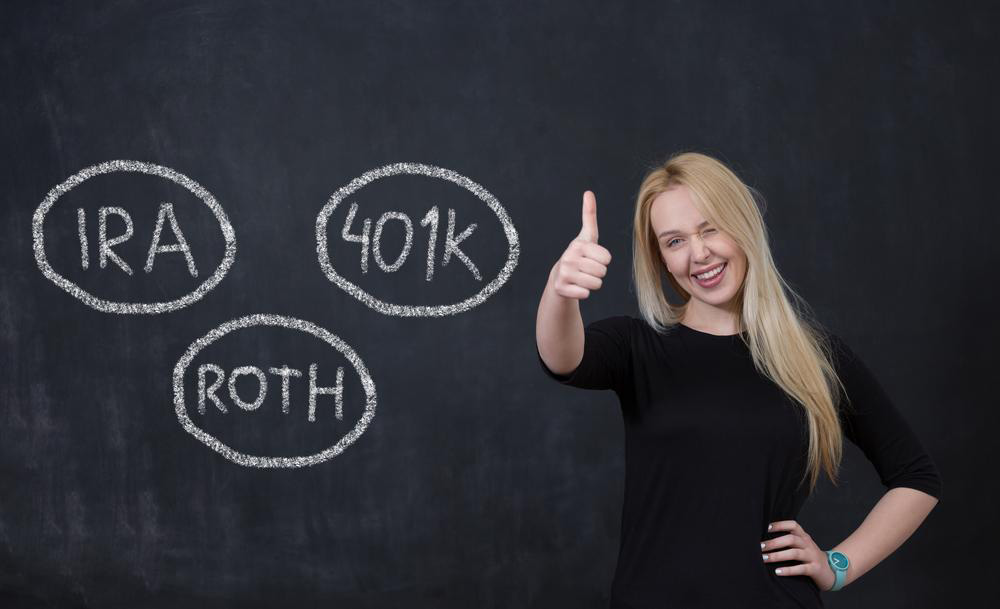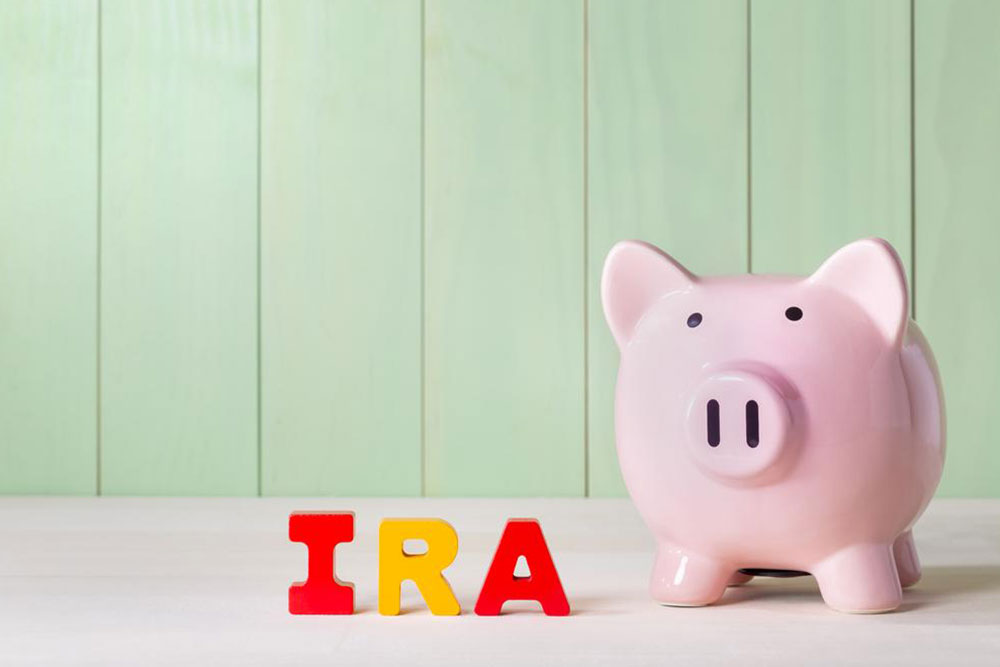Comprehensive Guide to Different Types of Retirement Accounts for Financial Security
Discover comprehensive insights into various retirement accounts, including traditional, Roth, rollover, SEP IRA, and SIMPLE IRA plans. Learn how each type can help you build a secure financial future, understand their distinct benefits, and select the best options for your employment situation and long-term goals. Starting early with smart retirement planning is crucial for a comfortable retirement life.

Planning for a comfortable and secure retirement is a crucial aspect of long-term financial management. One of the most effective strategies to ensure a financially stable future is to invest in various retirement accounts, each offering unique benefits and suited for different employment situations and financial goals. Whether you're an employee, self-employed, or a small business owner, understanding the different types of retirement savings plans available can significantly influence your ability to build a substantial nest egg for your retirement years.
What Exactly Is a Retirement Account?
A retirement account is a specialized savings vehicle designed to help individuals accumulate wealth over their working years, with specific tax advantages that incentivize early and consistent savings. These accounts not only promote disciplined savings habits but also provide tax benefits that can significantly enhance your retirement fund growth. Investing early and choosing the right account type based on your employment status, income level, and long-term goals can make a substantial difference in your financial security during retirement.
Exploring Primary Types of Retirement Accounts
Each retirement account type is tailored to meet different needs, employment types, and tax strategies. Below, we delve into some of the most popular and widely used retirement savings options:
Traditional Retirement Accounts (401(k), 403(b), and Individual Retirement Accounts)
The traditional retirement account is a cornerstone of long-term savings for many Americans. Contributions to these accounts are often tax-deductible, meaning they can reduce your taxable income for the year in which you make the contribution. The earnings on your investments grow tax-deferred, allowing your savings to compound more effectively over time. Taxes are only due when you withdraw funds during retirement, ideally when you are in a lower tax bracket.
Many employers offer 401(k) plans, which automatically deduct a portion of your paycheck into a retirement fund. Self-employed individuals or those seeking more flexibility might opt for a traditional IRA through a bank or brokerage. Maximizing contributions to these plans, especially in your early working years, can greatly enhance your retirement preparedness.
Roth Retirement Accounts: The Post-Tax Advantage
Roth IRAs and Roth 401(k)s provide a different tax benefit. Contributions are made with after-tax dollars, meaning you pay taxes on your income before contributing to the account. The key advantage is that qualified withdrawals during retirement are entirely tax-free, providing significant future tax savings. Roth accounts are particularly beneficial if you expect to be in a higher tax bracket during retirement or if you value the flexibility of tax-free income later in life.
For individuals who anticipate substantial growth in their investments, Roth accounts offer the advantage of avoiding taxes on earnings, making them an attractive option for young professionals and those with high earning potential.
Rollover Retirement Accounts: Flexibility in Managing Your Savings
A rollover retirement account is essential when transitioning from one employer to another or consolidating multiple retirement savings plans. It allows for the tax-free transfer of funds from a qualified plan—such as a former employer’s 401(k)—to a new employer's plan or an IRA. Proper management of rollovers helps avoid penalties and ensures your savings continue to grow without interruption.
This type of account is particularly valuable for those who change jobs frequently or want to consolidate their retirement savings for easier management and better investment options.
Simplified Employee Pension (SEP) IRA: A Boon for Self-Employed and Small Business Owners
The SEP IRA is tailored for self-employed individuals, freelancers, and small business owners. It allows employers to contribute directly to employees' traditional IRAs, which can be a highly effective way of saving for retirement while enjoying significant tax benefits. The contribution limits are higher than traditional IRAs, enabling substantial contributions, especially for high-earning self-employed professionals.
This type of account offers simplicity and flexibility, making it attractive for those who run their own business or work independently but want to secure a solid retirement fund.
SIMPLE IRA: An Ideal Solution for Small Businesses
The Savings Incentive Match Plan for Employees (SIMPLE IRA) is designed for small businesses with fewer than 100 employees. It combines ease of administration with the benefit of both employee salary deferrals and employer matching contributions. This plan allows employees to save a portion of their salary while employers can match contributions up to a specified limit. It’s a cost-effective way for small businesses to provide a retirement plan and motivate employee savings.
For self-employed entrepreneurs and small business owners, SIMPLE IRAs serve as a practical way to build retirement savings without the administrative complexities of other plans.
Factors to Consider When Choosing a Retirement Account
Deciding on the most suitable retirement account involves evaluating several critical factors:
**Tax Benefits**: Determine whether you value upfront tax deductions (traditional) or tax-free withdrawals (Roth).
**Contribution Limits**: Consider your income level and how much you can or want to contribute annually.
**Withdrawal Rules**: Understand penalties and rules surrounding early withdrawals.
**Employment Status**: Choose accounts aligned with your employment situation, such as self-employment or traditional employment.
**Rollover Flexibility**: Ensure the account allows smooth transfer options if changing jobs or consolidating funds.
**Investment Options**: Look for accounts that provide a variety of investment choices to diversify your portfolio.
Conclusion: Securing Your Financial Future Through Smart Retirement Planning
Building a retirement fund is a marathon, not a sprint. Selecting the right type of account based on your current employment status, income, and future goals is vital for long-term financial success. Whether you prefer the tax-deductible benefits of traditional plans, the tax-free growth of Roth accounts, or the flexibility of rollover plans, taking action now can significantly influence your retirement lifestyle.
Start early, contribute regularly, and keep informed about the latest retirement saving strategies to ensure a secure and comfortable retirement. Consulting with a financial advisor can also help tailor a retirement plan suited perfectly to your individual circumstances.





